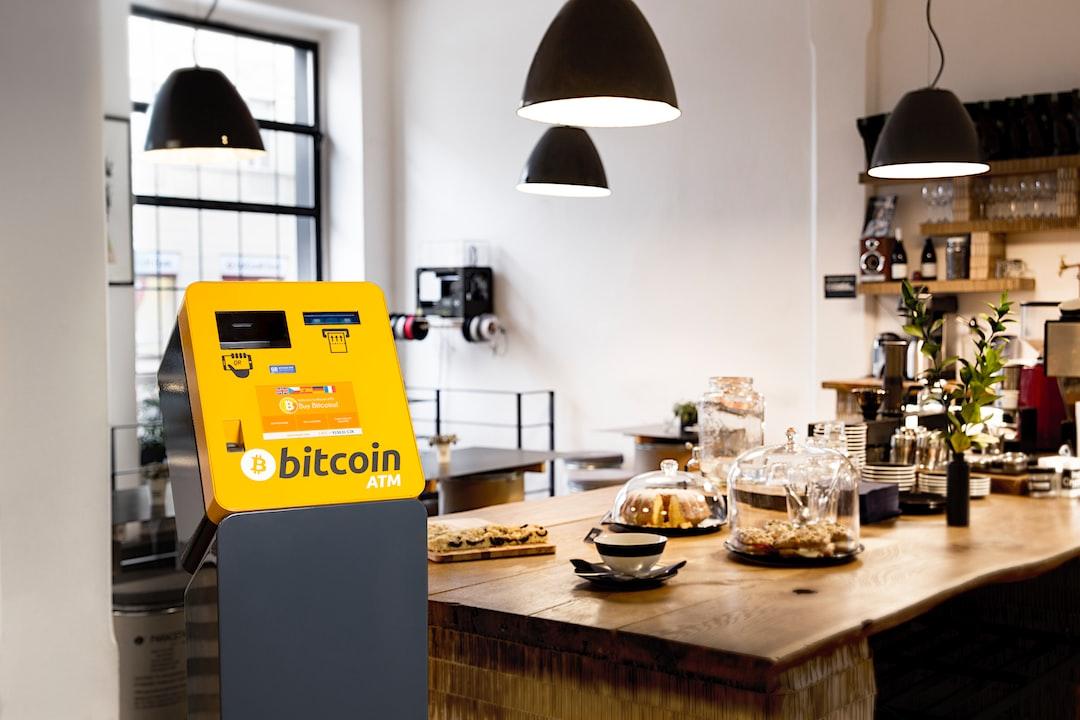In 2021, nonfungible tokens (NFTs) gained significant popularity, but many people are unaware of the new and captivating functionalities and use cases they offer. This article explores one exciting feature of NFTs: unlockable content. It delves into the advantages and use cases of unlockable content and provides guidance on how to add it to your NFT collection.
NFTs are unique cryptographic digital assets that can be bought and sold online using blockchain technology. They can represent various items, including digital pictures, songs, videos, in-game items, real estate, or personal genomes. NFTs offer several benefits for artists, such as decentralization, ownership verification and management, ease of transferability and trade, rarity, and the ability to earn royalties from secondary sales through smart contracts.
However, despite these advantages, some people still consider NFTs to be a passing trend, arguing that digital NFT art on a blockchain lacks true artistic value. While many NFTs do exist as static items on blockchains and can encompass low-quality content, it is essential to remember that NFTs enable creators to do much more than just share JPEGs or GIFs.
NFTs have numerous use cases. They represent unique tokens that can act as proof, certificates, or keys, providing access control and value to users. This is where unlockable content comes into play. Unlockable content adds real-world value to NFTs beyond the digital token itself, enhancing the trading experience. It grants NFT holders access to exclusive content, which becomes visible after the purchase.
Unlockable content can take various forms, such as links to higher resolution files, opportunities to purchase physical copies, or access to the artist’s contacts. It adds value to an NFT collection and generates attraction on the secondary market. For artists, unlockable content is an opportunity to honor their collectors by offering them something original and valuable in the real world, increasing the rarity and demand for NFTs.
There are countless use cases for unlockable content in NFTs, ranging from additional digital content to exclusive access and certificates. Musicians can use NFTs with unlockable content to provide physical copies of their records or distribute tickets for their shows. Artists can also add behind-the-scenes content for NFT collectors.
Although not many NFT marketplaces currently support unlockable content, platforms like OpenSea, Solsea, Rarible, and Mintable have already implemented this feature. Storage is a challenge for NFT marketplaces, as on-chain storage would result in high costs. Therefore, unlockable content is typically stored in distributed or centralized file systems.
To add unlockable content to an NFT collection, artists can utilize the feature provided by NFT marketplaces like OpenSea and Solsea. They can attach unlockables while creating or editing NFTs. Unlockables are limited to plain-text content, allowing artists to add stories, messages, or certificates. However, creators cannot upload files directly but can include links to external storage solutions.
Looking ahead, 2022 is a year for diversifying the use cases of NFTs and strengthening their position as a digital phenomenon. Unlockable content features play a crucial role in expanding the functionality of NFTs and boosting artists’ creativity. They add utility to NFTs, making the purchasing experience interactive and surprising for fans and followers. Unlockables have the potential to thrive in the crypto industry and benefit artists and their communities.

